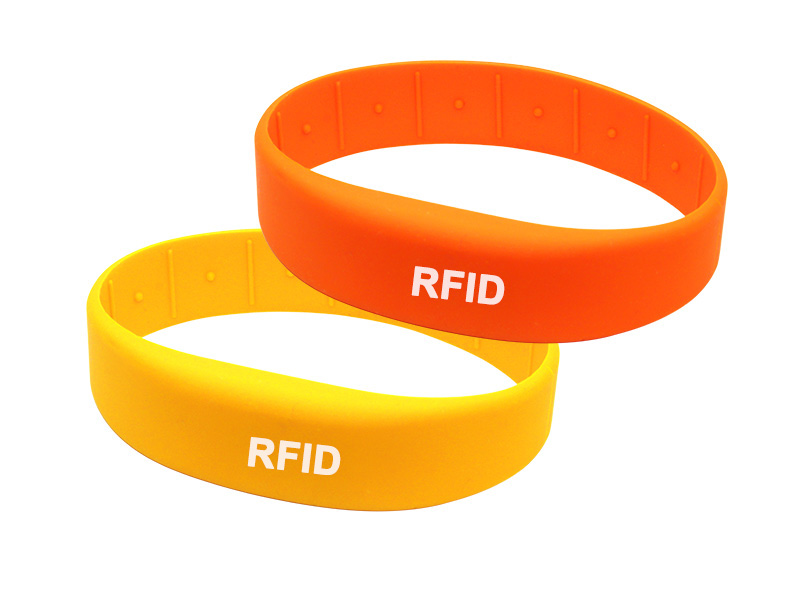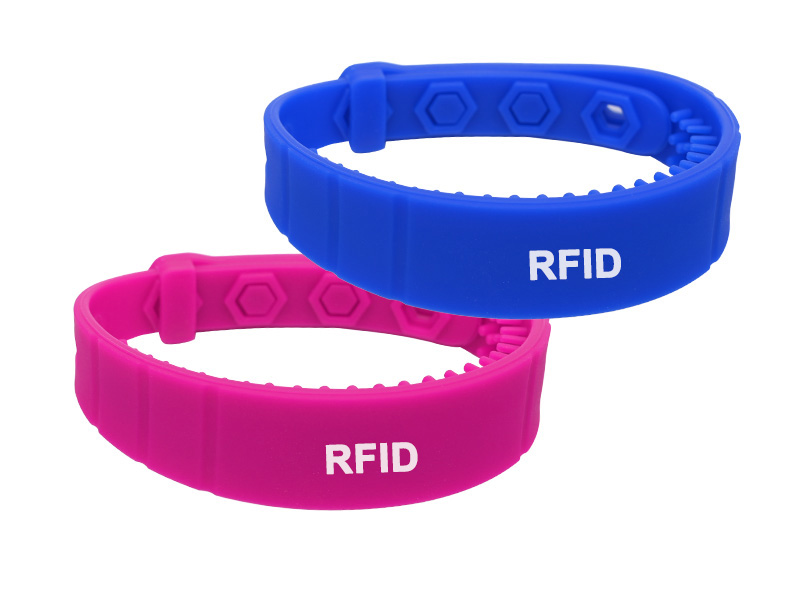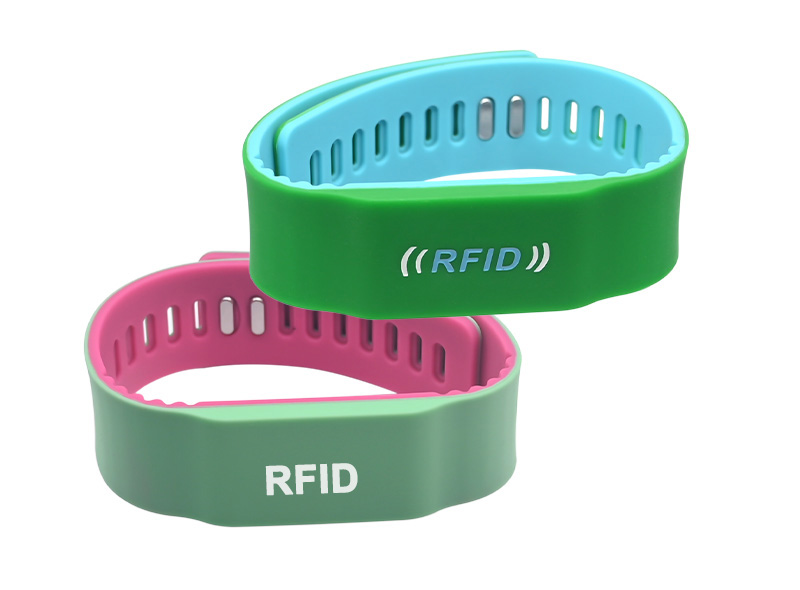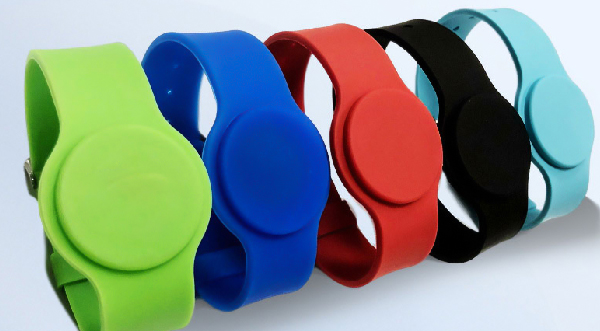What are the ways in which the Internet of Things affects mobile application development
The Internet of Things has a significant impact on the development landscape of mobile applications. So, what are the ways in which the Internet of Things affects the development of mobile applications? What are the differences in developing mobile applications for the Internet of Things?
The Internet of Things and mobile application development are advancing simultaneously, changing the way humans interact with machines, and even changing the way machines interact with each other - and mobile applications are often the key to making it possible.
The rapid growth of the Internet of Things market shows no signs of slowing down. The user requests the use of smart devices, and the company is responding effectively. At the same time, many companies are realizing the potential productivity gains that connecting existing devices to the internet may bring.
All of this growth has changed the development landscape of mobile applications and brought new opportunities, while also increasing the complexity of combinations.
So, what's different about developing mobile applications for the Internet of Things?
1. Connecting IoT devices - Bluetooth in IoT
In today's highly interconnected world, it seems hard to believe that when mobile applications first appeared, mobile application developers didn't have to worry too much about connectivity. For example, the application you used to record exercise a few years ago doesn't actually need to connect to the Internet, but everything depends on the interaction between user input and the device itself. Similarly, mobile games do not need to be connected to the Internet, unless it is a multiplayer game, you need to connect with other players.
However, ultimately, users demand the application to have more advanced features, such as allowing you to collaborate with your spouse on budgeting. The application must be connected to the Internet so that users can interact with each other, and the application can transfer information between different locations.
This new demand for network connectivity increases the complexity of the mobile application development process, as it introduces more potential areas where applications may fail. During the development process, you need to ask more questions, such as: Can users perform actions without network access? If not, can they connect to the internet? Is the internet slow? Will this affect the user experience due to slow internet speed? What should the application do if this operation fails due to poor connection?
Nowadays, Bluetooth is usually the best way for mobile applications to connect to IoT devices. (Although some devices may communicate with mobile applications through the network once initially configured via Bluetooth, Bluetooth is almost always the most common factor in IoT applications.).
Just like network connectivity, Bluetooth has also brought more complexity to mobile development. The core specification of Bluetooth is approximately 3000 pages long, and although there are software libraries, they are often incomplete or flawed. In addition, Bluetooth also brings challenges in terms of security. Generally speaking, it is best not to send sensitive data through Bluetooth, but if it is necessary to do so, the user traffic paired with Bluetooth devices is an important consideration. There are multiple questions that need to be answered, such as does the user need to enter a password? When to input? What happens if the pairing fails?
As a product team, this is a challenge that must be addressed. As the Internet of Things becomes increasingly common and more devices go online, it is something that every developer must be familiar with.
Here are some best practices we have discovered that can solve Bluetooth issues:
▲ Provide clear instructions for users to connect to Bluetooth
▲ Provide guidance on how to try when Bluetooth pairing fails
▲ Use encryption and authentication in appropriate situations
▲ Try to change the factory default password as much as possible after the initial connection
▲ Disconnect Bluetooth connection when inactive to reduce battery consumption
2. Internet of Things Experience Design
Another way in which the Internet of Things is changing mobile development is in terms of design. For the Internet of Things, mobile designers and developers must consider the typical interactions between users and applications. They must consider mobile applications, hardware devices, and surrounding environment or contextual information. As the product lifecycle progresses, how will the team make data-driven decisions? It may be necessary to track user interactions across mobile applications and hardware devices to form a complete view.
My own vision for the Internet of Things, which is also a shared vision of many others, can be traced back to the concept of ubiquitous computing - we can use technology to deepen our interaction with the world and people around us. This means that mobile application development should gradually become (now) application agnostic. On the contrary, it should be about helping people achieve their goals, whether it's guiding users to make beneficial choices or automating repetitive tasks.
3. Unleash huge market opportunities
Nowadays, to succeed in business, all you need is a great mobile application.
Okay, this is a bit exaggerated. However, in the past decade, countless successful companies have started with well-designed and well developed mobile applications that meet people's needs in striking ways. When you add networking features to these applications, new sources of revenue and productivity potential will increase.
Think about it: a simple mobile application that only needs to connect to a server will have so many ideas and possibilities, as well as increasing user attention. If you start integrating other types of hardware into this combination, there will be more opportunities for added value.
Even if your application does not support the Internet of Things from the beginning, you can still find ways to implement it. Creating IoT applications does not always mean investing in your own custom hardware, you can also make your applications compatible with existing hardware in the market. Some existing IoT devices comply with open standards and protocols and can transmit different types of data, such as humidity data from meteorological devices or heartbeat data from fitness watches. HeartyPatch is a great example of hardware open source, which can be utilized by almost any application.

4. Make more data-driven decisions
People make many decisions every day, and sometimes our choices are wrong. This is not because we are not smart, nor because we do not have enough data. In fact, we often have too much data, but because we lack sufficient insight.
The Internet of Things enables enterprises to collect unprecedented amounts of data, therefore, it is crucial for developers to collaborate with data scientists when building data intensive mobile IoT applications. Through machine learning and analysis, we can mine the stories that data is trying to tell us, and narrow down our choices to a few good options rather than too many unknowns.











